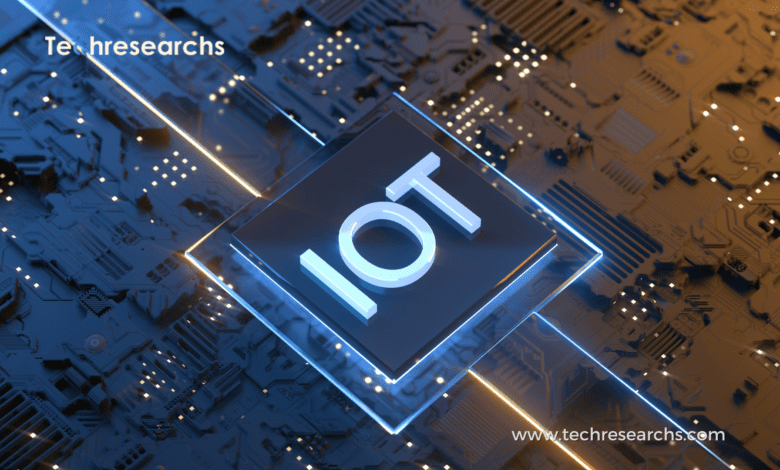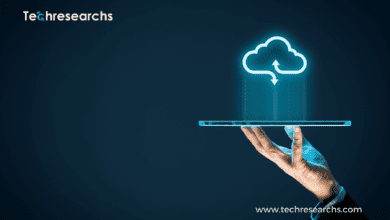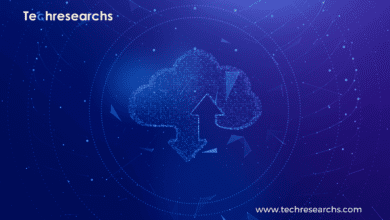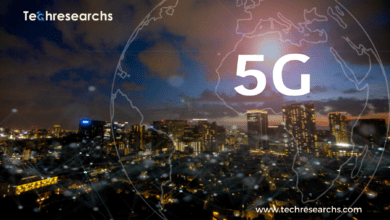Unveiling the Next Big Advancements in the Internet of Things (IoT)


Introduction:
The Internet of Things (IoT) has transformed the way we interact with technology, connecting devices and enabling seamless data exchange.
As IoT continues to evolve, exciting new advancements are on the horizon that will shape our future.
In this blog post, we will explore the next big things in the Internet of Things (IoT) and their potential impact on various industries.
Edge Computing: Enhancing Real-Time Decision Making
Edge computing is set to revolutionize the Internet of Things (IoT) landscape. By moving data processing and analysis closer to the edge devices themselves, edge computing reduces latency, improves response times, and enhances real-time decision-making capabilities.
This advancement allows for quicker insights and actions, making it particularly valuable in applications that require immediate responses, such as autonomous vehicles, smart cities, and industrial automation.
5G Connectivity: Enabling Faster and More Reliable Internet of Things (IoT) Communication
The deployment of 5G networks will significantly impact the IoT ecosystem. With its higher bandwidth, lower latency, and increased device capacity, 5G connectivity will enable a new generation of Internet of Things (IoT) applications.
From smart homes and wearables to smart factories and connected vehicles, 5G will provide the foundation for faster and more reliable communication, supporting the exponential growth of connected devices and unlocking new possibilities in Internet of Things (IoT) innovation.
Artificial Intelligence at the Edge: Smart Devices with Intelligent Capabilities
The integration of artificial intelligence (AI) with edge devices is poised to transform the IoT landscape.
By embedding AI algorithms directly into IoT devices, they gain intelligent capabilities, enabling them to make autonomous decisions, analyze data locally, and adapt to changing environments.
AI at the edge will drive greater efficiency, reduced bandwidth usage, and improved privacy, allowing IoT devices to perform complex tasks without relying heavily on cloud infrastructure.
Blockchain for Enhanced Security and Data Integrity
Blockchain technology is making its mark in the IoT space, addressing security and data integrity challenges.
By utilizing blockchain’s decentralized and tamper-proof nature, Internet of Things (IoT) devices can securely share and store data, authenticate transactions, and establish trust among connected entities.
Blockchain enhances security, protects against data tampering, and facilitates secure peer-to-peer transactions, making it a key enabler for industries such as supply chain management, healthcare, and energy.
Edge AI and Computer Vision: Transforming Visual Data Processing
The combination of edge AI and computer vision is revolutionizing visual data processing in Internet of Things (IoT) applications.
Edge AI allows devices to perform complex image and video analysis locally, reducing the need for extensive data transmission to the cloud.
This enables real-time object recognition, video surveillance, facial recognition, and augmented reality applications.
The integration of edge AI and computer vision brings significant efficiency gains, and improved privacy, and opens up new possibilities in sectors like retail, healthcare, and security.
Swarm Intelligence: Collaborative Decision Making
Swarm intelligence, inspired by natural collective behaviors, is emerging as a powerful concept in the Internet of Things (IoT) realm.
By enabling devices to communicate, collaborate, and make decisions collectively, swarm intelligence can enhance problem-solving, optimize resource allocation, and enable decentralized coordination.
This paradigm finds applications in areas like smart grids, intelligent transportation systems, and environmental monitoring, where devices work together as a unified system to achieve common goals.
Internet of Things (IoT) Analytics and Predictive Maintenance
IoT analytics and predictive maintenance are poised to transform traditional maintenance practices. By leveraging IoT-generated data and applying advanced analytics, businesses can gain valuable insights into equipment performance, detect anomalies, and predict maintenance requirements.
This proactive approach helps optimize asset utilization, reduce downtime, and improve operational efficiency.
IoT analytics and predictive maintenance hold great potential across industries such as manufacturing, energy, and transportation.
Human-Machine Interaction and Ambient Computing
Advancements in human-machine interaction are reshaping the way we interact with IoT devices. Natural language processing, voice recognition, and gesture control are enabling more intuitive and seamless interactions, making IoT devices more user-friendly.
Furthermore, ambient computing, where Internet of Things (IoT) devices blend seamlessly into the environment, is enhancing convenience and creates immersive experiences.
These developments have implications for smart homes, healthcare, and workplace automation.
Learn more about Building the IoT Ecosystem: Key Players and Technologies to Watch
Conclusion: Internet of Things (IoT)
The Internet of Things continues to evolve, bringing forth exciting advancements that will shape the future.
Edge computing, 5G connectivity, AI at the edge, blockchain, computer vision, swarm intelligence, IoT analytics, and human-machine interaction are among the next big things in IoT.
Embracing these advancements will empower industries to drive innovation, improve efficiency, and create new possibilities across various sectors.
As Internet of Things (IoT) technology advances, it is crucial for businesses to stay abreast of these trends and harness their potential to thrive in the connected world of tomorrow.







